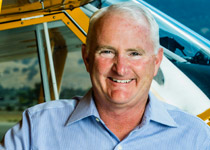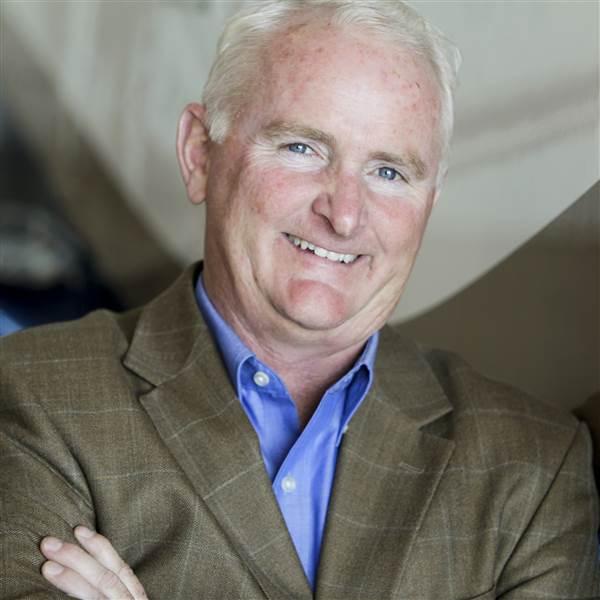 In the few weeks I’ve been on the job at AOPA, the number-one thing members ask me is what I’m going to do first. On some level, the answer is “everything.”
In the few weeks I’ve been on the job at AOPA, the number-one thing members ask me is what I’m going to do first. On some level, the answer is “everything.”
We will keep advocating for you in Washington, D.C., and in the states. We’ll keep sharing great flying stories in AOPA Pilot and Flight Training magazines. We’ll keep you informed online and in our electronic newsletters. And we’ll continue to offer and improve our pilot-focused services from insurance to flight planning.
I’ve said before that AOPA’s core mission of protecting our freedom to fly will always come first. But there are lots of ways to fulfill that mission, and there are a few areas that I believe deserve special emphasis right now.
Sequestration is swinging around again with its mandatory and sometimes ridiculous cost-cutting measures. We can’t allow people who know nothing about GA to make decisions about what to cut and what to keep. We realize that cost cutting is inevitable, so let’s be proactive and make those cuts wisely.
We’re working with other general aviation organizations to take a hard look at FAA spending and find ways to cut costs and save money that won’t impact safety or reduce system access. I’m confident we can find ways to save hundreds of millions of dollars every year.
That’s why we’re asking the FAA to look at our ideas and propose some of its own. Although we may sometimes disagree, one thing we all can be sure of is that it’s better for people who use and understand the system to have a say in what must stay and what can go.
The AOPA-EAA joint medical petition is another top agenda item for me. More than a year has passed since we asked the FAA to consider expanding the “driver’s license medical” standard to more pilots. We’ve shown how the plan could work, we’re prepared to offer the necessary pilot training, and we have evidence that it won’t hurt safety. So why won’t the FAA take action?
The agency itself has said that our medical petition is “not a priority.” But we can’t afford to wait another year for an answer—or, worse, let the idea die a slow death through sheer inaction. We will insist on a response from the FAA and we won’t let the issue drop—even if the first answer is “no.”
Another key issue for me is improving access to airports. Changing the way we relate to airports—and making it easier for others to enjoy them—will change our relationship with our neighbors and communities for the better.
To get the ball rolling, we’ll take a look at airports that are doing it right and those that could use some help. Then we’ll work with airport operators and managers to find ways to be better neighbors, so we can build strong relationships with nonpilots and welcome those with an interest in aviation.
Simple things such as inviting the neighbors over to look around, offering picnic tables or barbecues, and providing green space where people can watch airplanes take off and land can help transform the role of airports within their communities. We want people who live or work near airports to see them as assets—not only for the economic and business benefits they bring, but also for the open space and family entertainment they can provide. When you take your picnic to the airport, not only does it become more like a public park than a public nuisance, it also gives family members of all ages the chance to fall in love with flying.
And finally, I want to get out and talk with more of you. That’s why we’re moving away from holding an annual convention (“Membership News & Notes,” page 100) and toward hosting more grassroots events at airports around the country.
I want to meet you where you fly. I want to see and hear your concerns and the aviation issues that affect you. And I want to do it in a relaxed, casual atmosphere that gives us a chance to interact. Make sure we’ve got your email address on file so we can send an invitation when we’re in your area. I hope you’ll come out, spend some time with us, meet with me and other members of our leadership team, participate in a seminar, and share your thoughts for protecting and growing general aviation.
Ultimately, AOPA is your association, and I’m counting on your involvement to make sure we’re meeting your flying needs.
Email [email protected]



